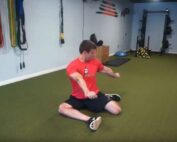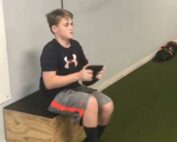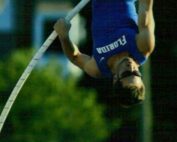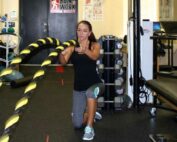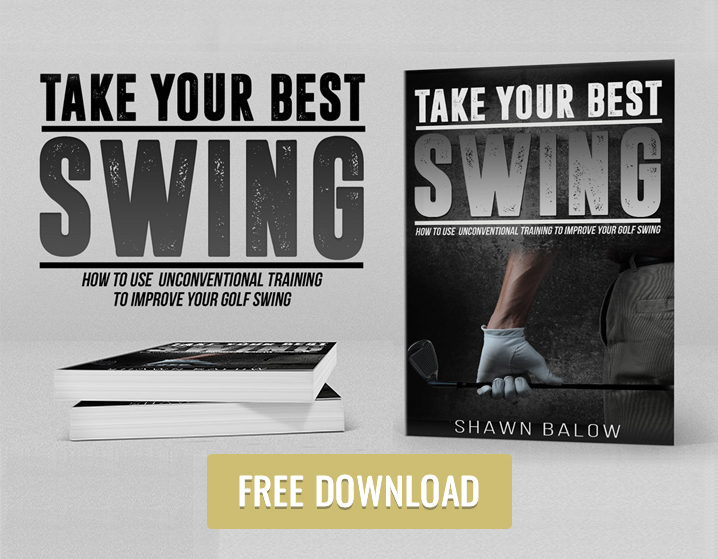Why Soreness Isn’t Always a Sign of a Great Workout
How many times have you heard or uttered yourself, “That was an incredible workout! I couldn’t walk for days.” We’ve all been there.
For years, athletes and lifters believed muscle soreness was an indicator of a successful workout. More recent studies, however, reveal just the opposite. In fact, you might be doing your body more harm than good.
The ‘no pain, no gain’ approach only goes so far. After a certain point, you cross over into the realm of fatigue. Fatigue leads to injury, sidelining you from achieving your goals.
Here are the most common myths regarding a taxing workout.

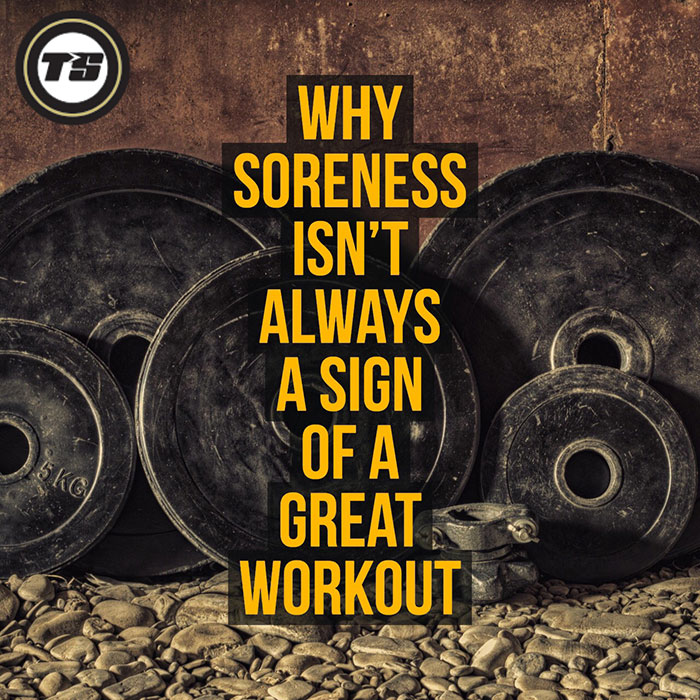
Learn the myths related to soreness from exercise.
Myth #1: Muscle Soreness Comes From Lactic Acid Build-Up
This is a common myth amongst athletes. Delayed-Onset Muscle Soreness (DOMS) is caused by micro-traumas to your muscles from the exercising process. Your muscles are literally breaking apart from the trauma, albeit in small, usually manageable ways.
This trauma, in turn, stimulates new cellular growth in the muscles, which ultimately contributes to increased muscle mass.
The lactic acid in your body is a result of our metabolic process for getting energy by breaking down molecules. This process is always happening, regardless of physical activity, and is not causation for muscle burn.
To learn more about the science behind what happens to your body post-workout, visit our blog How Self-Myofascial Release Can Improve Your Overall Performance.
Myth #2: If You’re Not Sore, It Wasn’t a Good Workout
Another fallacy that is regularly accepted as truth. In fact, many athletes never feel soreness from their training regiments, yet still get the results and improvements desired.
It is true that you should feel some swelling or muscle stimulation after a workout. But to equate pain with improvement is a false equivalent.
Myth #3: You Can’t Build Muscle Without Feeling Sore
This is an incorrect correlation between soreness and muscle growth, which does have some roots in truth, but fails to show the full picture.
Weight training, as well as other exercises, causes micro-trauma to your muscles, as mentioned previously. These micro-traumas stimulate new muscle growth. They also can lead to inflammation and can cause soreness or tenderness.
There is a problem with the muscle pain equals muscle growth scenario, though. Soreness and pain can also be caused by workout routines which contribute to little if any muscle growth.
Myth #4: DOMS Only Affects Unfit/Out of Shape Individuals
Again, there is some truth mixed with fallacy here. It is true that, on average, the more a person trains, the less they will feel muscular soreness. Their bodies become accustomed to the associated pain levels and don’t sense they are hurting.
Another important factor in soreness is your genetic disposition for feeling pain. Some very well trained athletes can still be susceptible to soreness, no matter the workout.
Meanwhile, a novice athlete may blow through pain thresholds and, in the process, do more damage than good. Simply relying on perceptions of pain to judge the effectiveness of the routine is unwise.
Myth #5: Training a Sore Muscle Halts the Repair Process
Since your body is constantly repairing your muscles all the time, this process can’t be stopped. In studies, the repair process of muscles not fully recovered was not negatively affected by additional workouts.
Of course, if a muscle group is extremely sore or stiff, some caution should be given to the intensity of the next workout. A light amount of movement, blood flow and/or muscle exertion can actually be more beneficial to help in the overall recovery process.
Working out to gain muscle mass will involve pushing your body. But, like most things, there’s the right way and the wrong way. Anecdotal evidence no longer meets the needs of modern athletes.
Modern physical training is more of a science and requires trainers and trainees to look at a number of metrics for creating effective workout routines.
Come in to Tampa Strength to get started started on the right path today.


